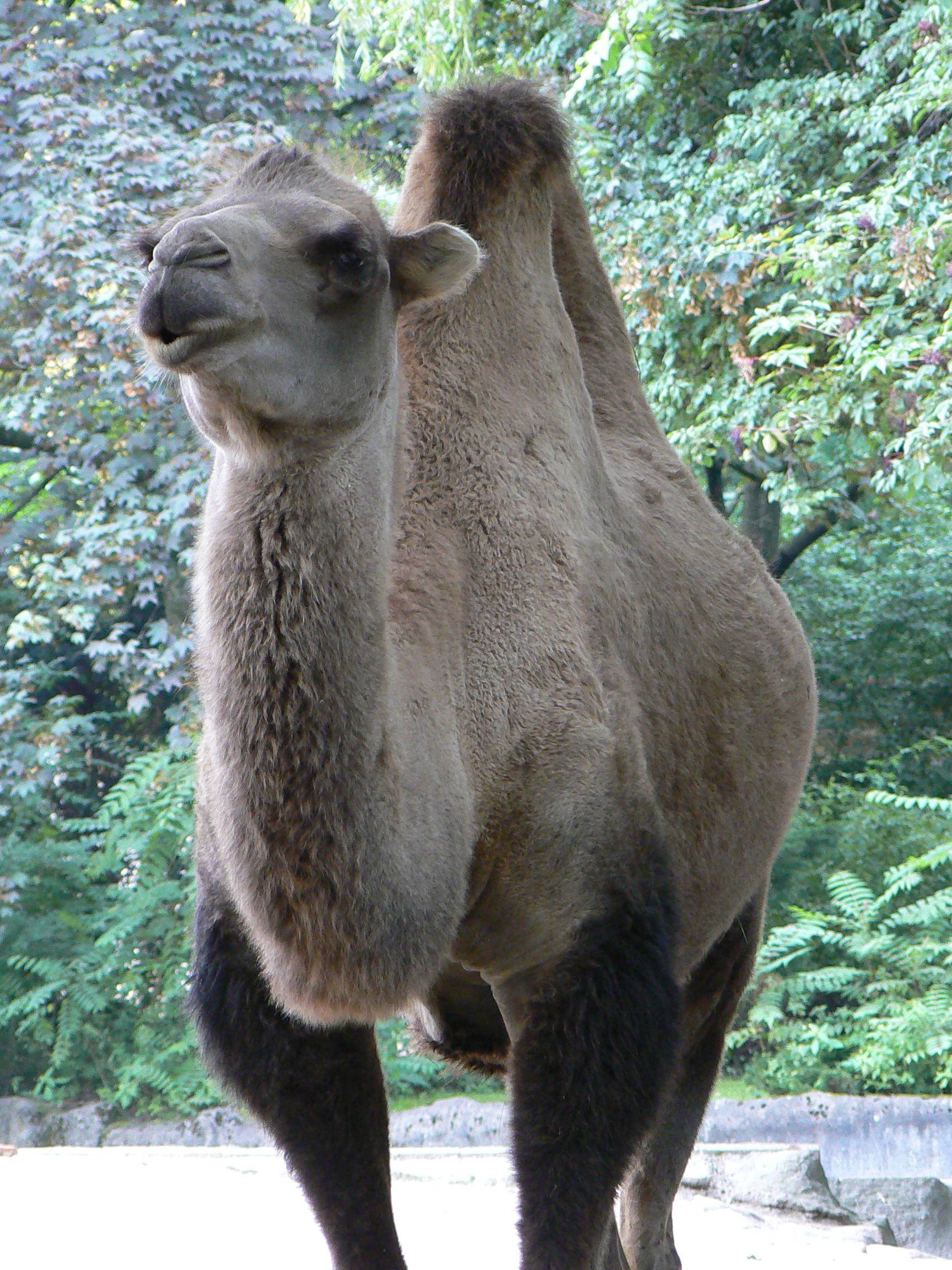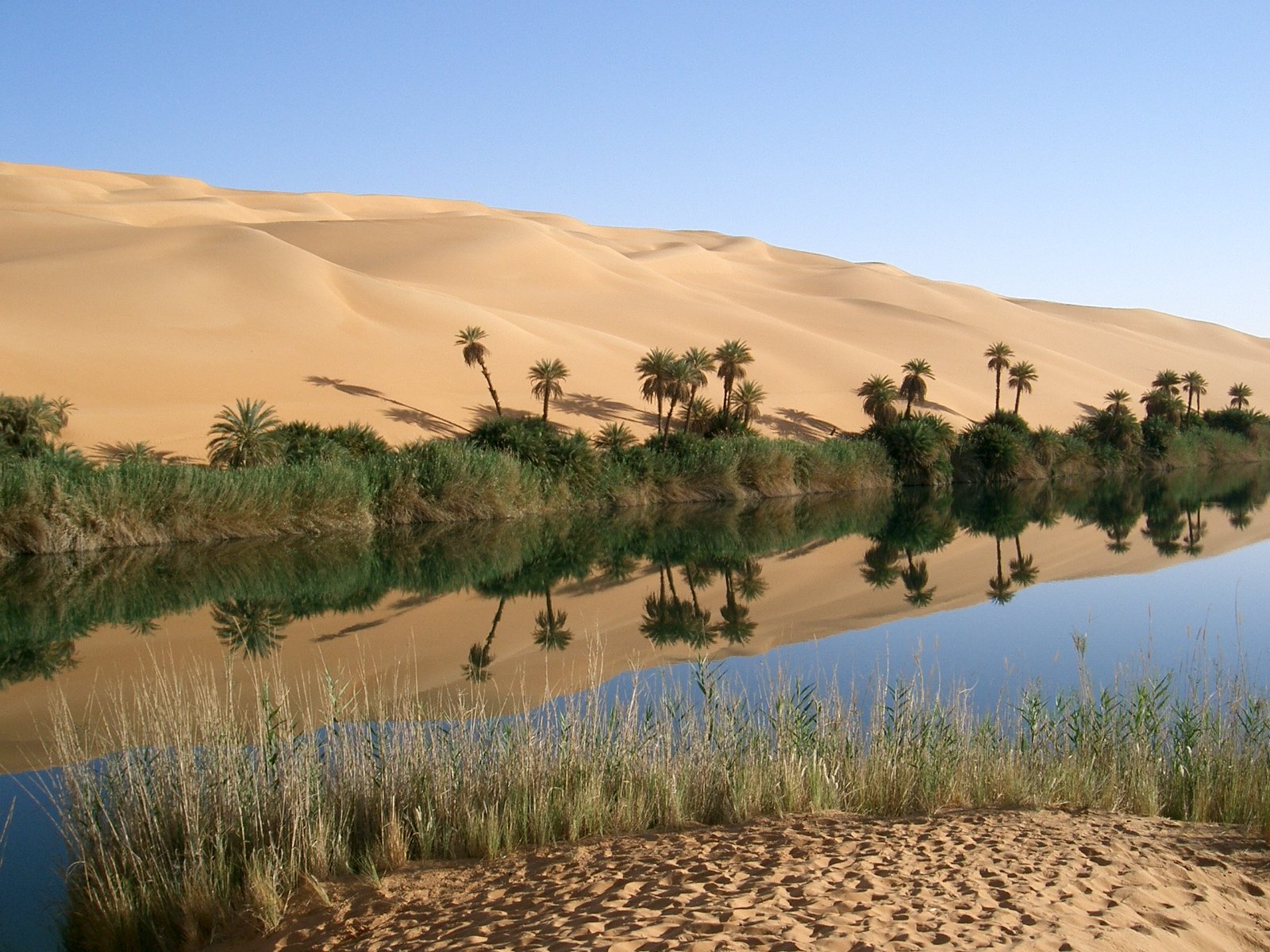I bet every single of one you have heard about the misconception about camels (Camelus spp.) that store water in their humps. I know I was told this when I was young, and I actually believed it for many years, but this is absolutely wrong. I get why this misconception began in the first place; the camels are extremely well adapted to dehydration, and they do indeed have a distinct hump on their back that actually shrinks after a few days in the desert, so the obvious answer would be to assume that they stored water to bring with them on their desert travel.

A Bactrian camel (Camelus bactrianus). Image is Public Domain.
So what do they have in their humps?
The actual contents of their humps are body fat. The camels store most of their body fats in the humps instead of having it even distributed in their bodies like most mammals do. This is to reduce the insulating effect fat has, and by having it all concentrated in one place they do not get any warmer than they absolutely have to get.
You might be wondering why they need fat, and the answer is pretty much what you would expect. When food is scarce the camels break down the extra fat to get more energy, just like what we humans and most other mammals do as well. So in reality the hump is a food storage instead of a water storage. By doing this they are able to travel in the desert for a long time without having to eat, but they do not get their water in this way.
Another small misconception is that camels get water from breaking down the fat. This is true to a certain degree, because breaking down one gram of fat will give you one gram of water, but this is simply not possible for camels. This is because this process requires use of external oxygen, and camels cannot have an open channel to transfer oxygen and water between the body and climate, due to it living in extremely arid places. If they had this they would dry out very quickly, so camels don’t get any “free” water when breaking down fat molecules.
How do the camels survive for so long without water then?
The camels have several incredibly good adaptations to surviving for prolonged time without a water source. Firstly their urine is extremely concentrated to not lose any water, and their droppings are completely dry. This prevents them from losing any unnecessary water during these processes.
Their nose is adapted to collect small water droplets every time they take a breath, and even their blood stream is adapted to being able to not use any extra water. The camels don’t even really sweat, and can have a body temperature of over 40 degrees Celsius without sweating.
A final adaptation is that they are simply really good at surviving without water. Most animals get really weak when they are even slightly dehydrated, but camels are very good at behaving normally even when they have a 30 – 40 % water loss during a single day.

An oasis is a welcoming sight for camels despite them not being able to store any of the water they drink. Image is released as Public Domain.
TL;DR
So to summarize, the camels get food/fat from their hump, not water. They are able to survive for such long time without water because of some amazing adaptations to their bodies, so they don’t need to store any water in their bodies.
Thanks for reading
Thanks for reading my post about the misconception of the hump on the camels! I hope you enjoyed it, and maybe you even learned something new?
This post is an entry to Suesa's Science Challenge #2, so be sure to check that out if you’re interested in learning about more scientific misconceptions.
Sources
A good source that I used a lot for this post is an online article posted by a zoologists named Dr. Anders Lundquist at Lund University.
About the author
Hi, I’m @valth! I live in Norway with my wife, our baby, and our two dogs; one of which is seen wearing a bow tie in the profile picture!
I am very passionate about nature and biology, and have been studying ecology for a few years now. My passions are mostly within conservation biology, mycology (the studies of mushrooms), botany, animal behavior and general microbiology. I really enjoy both the theoretical aspect, as well as the more practical aspect of biology, and I spend about as much time in front of biology textbooks as I do spend on finding and identifying plant, mushroom and animal species in the forests.

